TV commercials have long been a staple in American homes, and over the years, some faces have become instantly recognizable. Alec Cabacungan and Kaleb Wolf De Melo Torres are two such personalities who have captured the hearts of many through their appearances in commercials for Shriners Hospitals for Children. A common question that arises among viewers is whether Alec and Kaleb get paid for these commercials and how much they earn. Let’s dive deep into their roles and earnings and why they are such beloved figures in advertising.
Who Are Alec and Kaleb?
Alec Cabacungan and Kaleb Wolf De Melo Torres are two young boys who have become well-known due to their roles in commercials for Shriners Hospitals for Children. Alec, who was born with brittle bone disease, has been receiving treatment from Shriners since he was a young child. He became a spokesperson for the hospital, advocating for donations and sharing his personal story in various TV commercials. Kaleb, who also suffers from a rare medical condition, has similarly become a face of the hospital’s campaigns. Together, they help raise awareness about Shriners’ work, touching the lives of many with their compelling stories.
Their charisma and positive attitudes have made them more than just spokespeople. They have become symbols of hope and resilience, demonstrating that despite significant health challenges, they can live fulfilling lives and inspire others along the way. Their faces have become so iconic that people often wonder if these heartwarming commercials are purely charitable work or if Alec and Kaleb are compensated for their appearances.
Do Alec and Kaleb Get Paid for Commercials?
While it’s not publicly disclosed whether Alec and Kaleb are paid for their participation in Shriners Hospitals commercials, it’s important to understand how the industry typically works. Commercial actors, especially those involved in national campaigns, are usually compensated for their time, effort, and the use of their image. Given the reach and impact of Shriners’ advertising campaigns, it’s reasonable to assume that Alec and Kaleb might receive some form of compensation. However, whether this is financial payment, medical care, or something else remains a private matter.
Shriners Hospitals for Children is a nonprofit organization, and many of their commercials are focused on raising donations for the hospital. It’s possible that Alec and Kaleb’s involvement could also be considered a form of advocacy or voluntary participation. However, in the world of TV advertising, even volunteer or advocacy roles often come with some level of compensation, particularly when the individuals are repeatedly featured.
How Much Do Alec and Kaleb Earn?
The exact amount Alec and Kaleb may earn from their commercials is unknown, but we can make educated guesses based on industry standards. In the United States, actors in national commercials can earn significant sums depending on various factors, including the reach of the advertisement, frequency of airing, and the actor’s level of fame. According to industry insiders, child actors in national campaigns can earn anywhere between $500 to $5,000 for a day of filming, with residuals (additional payments) if the commercial continues to air.

Since Alec and Kaleb are featured in commercials that air frequently and across various platforms, they could potentially be earning substantial amounts, especially if they receive residual payments. However, it’s also possible that their compensation, if any, may be more focused on covering medical expenses, as Shriners Hospitals for Children specializes in providing healthcare for children with serious conditions.
Why Are They Paid?
If Alec and Kaleb are indeed compensated, there are several reasons why. First, commercials are a form of work, and child labour laws in the U.S. ensure that young actors are paid for their time and effort. Even though Alec and Kaleb are raising awareness for a charitable cause, their role in these advertisements requires dedication, and their influence helps drive donations for Shriners Hospitals. This means their work has a measurable impact, making payment a fair consideration.
Moreover, their continued appearances in commercials indicate that their work plays a vital role in the hospital’s outreach efforts. As national TV personalities, their recognition and relatability likely contribute significantly to the hospital’s ability to raise funds.
What About Charity Work?
It’s also possible that Alec and Kaleb view their work as part of their commitment to helping Shriners Hospitals for Children. They both have personal connections to the hospital, and their appearances in commercials may stem from a desire to give back to the organization that has provided them with medical care and support. In this case, they could be compensated in non-monetary ways, such as through ongoing medical care or other forms of support.
Do All Commercial Actors Get Paid?
In general, yes—most commercial actors receive payment for their work. Even when appearing in commercials for nonprofits, actors are typically compensated. National commercials often come with contracts that specify payment terms, and residuals may also be a factor. However, the specifics of Alec and Kaleb’s contracts (if they have them) are not public knowledge.
Why Do People Love Alec and Kaleb’s Commercials?
Alec and Kaleb’s commercials have captured the hearts of many viewers because of their inspiring stories and the authenticity they bring to the screen. Unlike typical advertisements, these commercials aren’t trying to sell a product. Instead, they showcase the resilience and optimism of two young boys who have faced immense challenges in life. Their personal stories of overcoming adversity resonate with audiences, making them more than just advertisements—they are heartfelt appeals that connect with viewers on a deep emotional level.
Additionally, Alec and Kaleb’s cheerful personalities and positive attitudes help viewers see beyond their medical conditions. They radiate joy and hope, showing that with the right care and support, children with serious illnesses can thrive and lead fulfilling lives. This message of hope is universal, which is why their commercials are beloved by people of all ages.
What Makes Alec and Kaleb Special?
What truly sets Alec and Kaleb apart is their courage, resilience, and infectious optimism. Both boys have faced serious medical conditions from a young age, but they haven’t let these challenges define them. Instead, they have become advocates for Shriners Hospitals for Children, using their own stories to help others.
Alec’s confident presence on camera and Kaleb’s infectious smile make them stand out as spokespersons for Shriners. They aren’t professional actors, but their authenticity and relatability shine through in every commercial. This makes them special not just to the viewers but also to the organization they represent.
What’s Next for Alec and Kaleb?
Alec and Kaleb continue to represent Shriners Hospitals for Children in their ongoing campaigns. While they are best known for their TV commercials, they may also be involved in other forms of advocacy or public appearances to further support the hospital’s mission.

Are Commercial Payments One-Time or Ongoing?
In the world of commercials, payment structures can vary. Some actors receive a one-time fee for their work, while others may earn residuals, which are ongoing payments every time the commercial airs. If Alec and Kaleb have contracts that include residuals, they could continue to earn money as long as the commercials are aired on TV and online.
Do Alec and Kaleb Have Contracts?
It’s likely that Alec and Kaleb have contracts with Shriners Hospitals for Children, given the frequency of their appearances in commercials. These contracts would outline their roles, responsibilities, and any compensation they receive. While the details of these contracts aren’t public, it’s standard practice for organizations to have formal agreements with individuals who appear regularly in their advertising campaigns.
Why Are Alec and Kaleb So Popular in Commercials?
Alec and Kaleb’s popularity stems from their relatable, authentic personalities and their ability to inspire hope. Audiences love them because they represent something much bigger than themselves—the resilience of the human spirit and the power of community support. Their commercials don’t just ask for donations; they tell a story of perseverance and the impact of compassionate care.
What Do Alec and Kaleb Do Besides Commercials?
In addition to their roles in commercials, Alec and Kaleb are both regular kids who go to school, spend time with their families, and enjoy hobbies. Despite their medical challenges, they lead active lives and continue to be involved in their communities. Their commercial appearances are just one aspect of their lives, and they remain dedicated to their personal growth and passions.
The Bottom Line
Whether or not Alec and Kaleb get paid for their commercials, one thing is clear—they have touched the lives of millions through their advocacy for Shriners Hospitals for Children. Their stories of resilience and hope continue to inspire viewers, and their work has undoubtedly helped raise critical funds for the hospital. As they grow older, Alec and Kaleb will likely continue to make a positive impact, both on and off the screen.












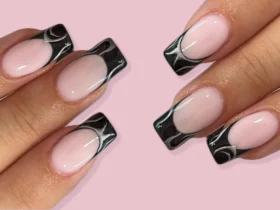










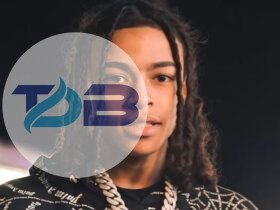






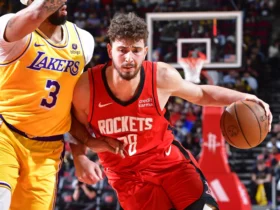





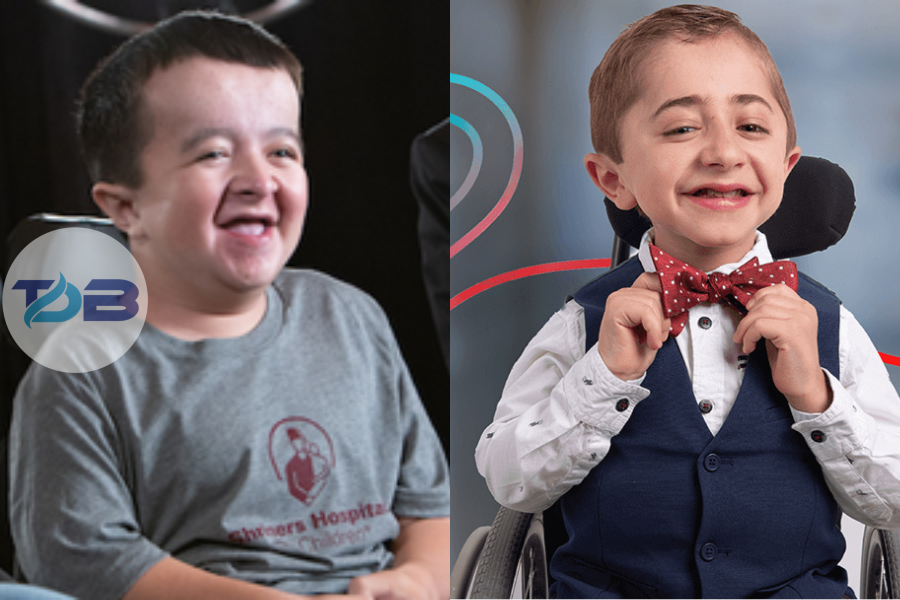
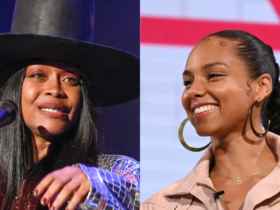


Leave a Reply